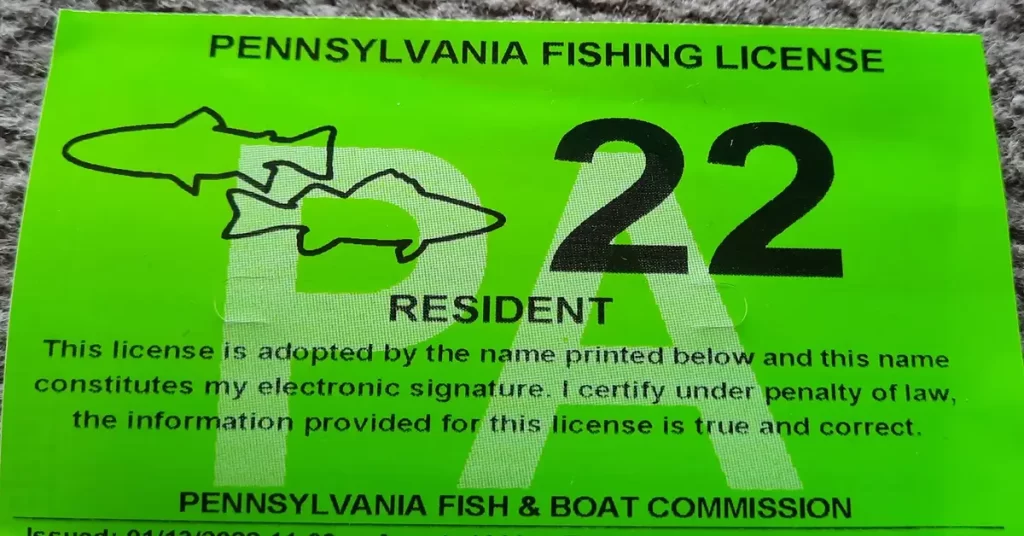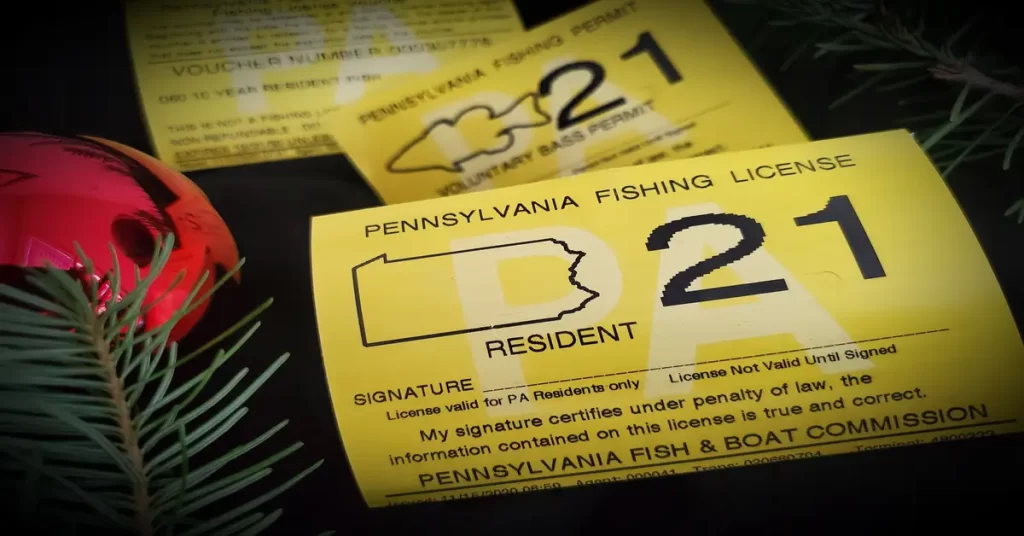
Introduction to: Do you need a Fishing License for Catch and Release?
Fishing is a popular recreational activity enjoyed by millions around the world. Whether you’re casting a line into a serene lake or standing on the banks of a rushing river, the thrill of the catch is a universal experience. However, with the enjoyment of this outdoor pastime comes the responsibility to follow regulations and contribute to the conservation of aquatic ecosystems. One common question among anglers is whether a fishing license is required for catch and release. In this comprehensive blog post, we will delve into the intricacies of fishing regulations, the purpose of fishing licenses, and how catch and release fits into this framework.
Understanding Fishing Licenses
Before we explore the specifics of catch and release, it’s crucial to grasp the concept of fishing licenses. Fishing licenses are permits issued by governmental authorities that grant individuals the legal right to fish in designated areas for a specific period. These licenses are a key component of fisheries management, as they help regulate fishing activities, conserve fish populations, and fund conservation efforts.
- Types of Fishing Licenses:
- Freshwater Licenses: Typically required for fishing in lakes, rivers, and streams.
- Saltwater Licenses: Necessary for fishing in marine environments such as oceans and saltwater bays.
- Combination Licenses: Offered for both freshwater and saltwater fishing.
- Why Fishing Licenses Are Necessary:
- Conservation: Revenue generated from fishing licenses often goes toward conservation programs, habitat restoration, and fish stocking initiatives.
- Management: Licensing helps authorities manage fish populations, set catch limits, and enforce regulations, ensuring sustainable fishing practices.
- Education: Anglers are often required to complete educational courses when obtaining a fishing license, promoting responsible and ethical fishing practices.
Catch and Release: A Brief Overview
Catch and release is a fishing practice where anglers catch fish but release them back into the water rather than keeping them for consumption. This approach is seen as a conservation measure, allowing fish populations to thrive while still allowing anglers to enjoy the sport. While catch and release is generally considered environmentally friendly, it raises questions about the necessity of a fishing license when the intention is not to keep the fish.
- Environmental Benefits of Catch and Release:
- Population Conservation: Returning fish to the water allows them to contribute to the breeding population, ensuring the sustainability of the species.
- Ecosystem Health: Maintaining balanced fish populations is crucial for the overall health of aquatic ecosystems.
- Ethical Considerations:
- Sportsmanship: Catch and release is often associated with ethical angling, focusing on the sport rather than the harvest.
- Respect for Wildlife: Releasing fish unharmed promotes the ethical treatment of wildlife, reducing the impact of fishing on individual fish and their habitats.
Fishing License Requirements for Catch and Release
The need for a fishing license when practicing catch and release varies depending on local regulations. Here are key factors to consider:
- Location-Specific Regulations:
- State and Regional Variations: Fishing regulations are often determined at the state or provincial level, meaning requirements can differ significantly from one location to another.
- Public vs. Private Waters: Some private waters may have specific rules regarding catch and release, while public waters are subject to state or regional regulations.
- License Exemptions:
- Age Exemptions: Many jurisdictions offer exemptions for certain age groups, with children or seniors often being exempt from the requirement to purchase a fishing license.
- Veteran Exemptions: Some regions provide exemptions or reduced fees for military veterans.
- Species-Specific Regulations:
- Endangered Species: Fishing for certain endangered or threatened species may require additional permits or be prohibited altogether, regardless of catch and release intentions.
Tips for Responsible Catch and Release

Whether or not a fishing license is required for catch and release, responsible angling practices are essential for the well-being of fish populations and their ecosystems. Here are some tips for practicing ethical catch and release:
- Use Appropriate Gear:
- Barbless Hooks: Consider using barbless hooks to minimize injury to fish and facilitate easier hook removal.
- Proper Tackle: Use gear appropriate for the size of the fish targeted to reduce the risk of injury.
- Minimize Handling Time:
- Quick Release: Minimize the time fish are out of the water to reduce stress and improve their chances of survival.
- Avoid Contact: Handle fish with wet hands or gloves to protect their delicate skin and slime layer.
- Ensure Fish Health:
- Revive Exhausted Fish: If a fish appears exhausted after being caught, hold it upright in the water, allowing it to revive before swimming away.
- Avoid High Temperatures: During hot weather, consider avoiding catch and release to prevent additional stress on fish.
- Know the Regulations:
- Stay Informed: Regularly check and familiarize yourself with local fishing regulations, as they may change seasonally or in response to conservation needs.
- Follow Size and Bag Limits: Even if you plan to release fish, be aware of size and bag limits to comply with regulations.
Conclusion to: Do you need a Fishing License for Catch and Release?
In the world of recreational fishing, catch and release has emerged as a popular and environmentally conscious practice. While the primary goal is to enjoy the sport without harvesting fish, the question of whether a fishing license is required remains essential. Understanding the regulations governing your fishing location is crucial to ensuring compliance with local laws and contributing to the conservation of aquatic ecosystems.
As anglers, it is our responsibility to approach fishing with a sense of stewardship, prioritizing the well-being of fish populations and the habitats they inhabit. By staying informed, following ethical practices, and respecting local regulations, anglers can contribute to the long-term sustainability of the beloved pastime of fishing. So, the next time you cast your line into the water, remember that responsible angling goes hand in hand with the thrill of the catch. Also check out: How do catfish sleep? and What size hooks for catfish?Catfishingusa.com Blog

